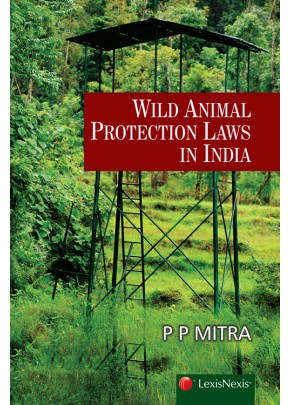Wild Animal Protection Laws in India
Availability :
In Stock
₹ 331.50
M.R.P.:₹ 425
You
Save: ₹93.50 (22.00% OFF)
(Inclusive
of all taxes)
Delivery:
₹ 0.00 Delivery charge
Author:
�P P Mitra
Publisher:
Lexis Nexis; First edition (23 May 2016)
Edition:
1st
ISBN-13:
9789351439738
No. of Pages:
384
Weight:
440 g
Language:
Unknown
Book Binding:
Paper back











